
Benji Lanyado spent much of his post-university twenties traveling the world as a freelance travel writer for the Guardian and New York Times.
After a two-year stint in-house at the Guardian, Lanyado turned his hand to coding with a view towards building and launching his own online startup.
After a year learning and developing, today Lanyado officially lifts the lid on Picfair, an “open market for images” that lets anyone upload their snaps, decide how much they should sell for and, essentially, serve as their own agent.
How it works
Lanyado says that some agencies have “more than 320,000 ways to licence an image,” which is why he’s looking to bring Picfair to market with a single licence in place. It’s all about simplification.
You’re free to browse photos sans account – by ‘Most Recent’, ‘Cheapest’, ‘Trending’ and ‘Most Viewed’. You can also enter keywords into the search box to narrow things down according to the tags included by the photographer.
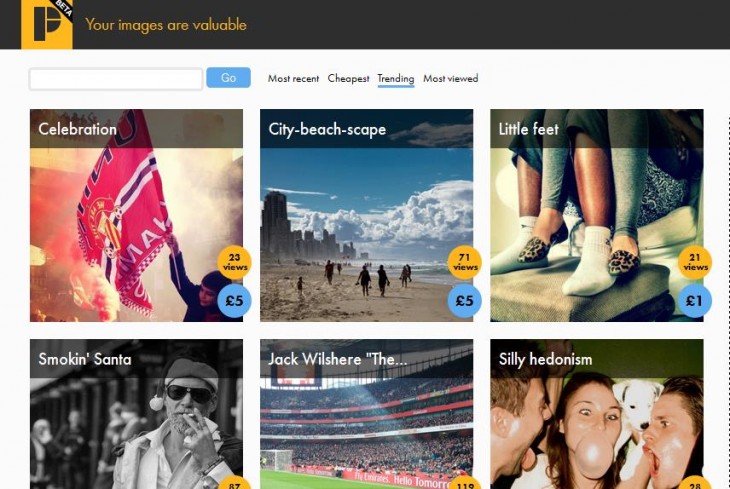
For the official public launch today, there’s actually a decent selection of photos, though given it’s still a ‘beta’ product, there’s still a long way to go in terms of offering an extensive collection of ‘stock’ photographs.
Plus, it could do with a better search system that lets the user filter by key criteria – such as minimum resolution or by broad topic-area. As things stand, an uploaded image could emanate from a mobile phone or top-of-the-range DSLR, and there’s no way of stipulating what level of quality you’re seeking.
For those uploading an image, the process is fairly straight-forward – there are no real limits on how many photos you can host on your account, but there is a 20MB file-size limit for each snap. Plus, you can only upload a single image at a time which could be laborious if you’re looking to get your 1,000+ travel photo-library onto Picfair in one fell swoop.
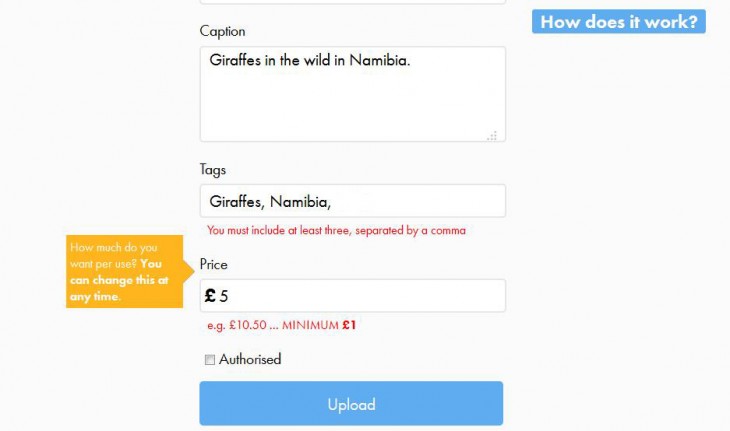
The reason for this, we’re told, is to encourage users to properly tag and label their uploads which will ultimately make them easier to find for other users.
Once you’ve uploaded your image, given it a name, caption, tags and a price (minimum £1/$1.50), your name and Picfair’s logo are watermarked directly into the image – though it is very light and not obvious at all on first glance.
The original, full-size image is stored on Picfair’s servers, and the only way to access this is to pay for it.
Now, the uploader will receive the full amount they requested for the photo, but Picfair gets its cut through charging a 10% commission, while an additional small payment processing fee is charged on behalf of Stripe.
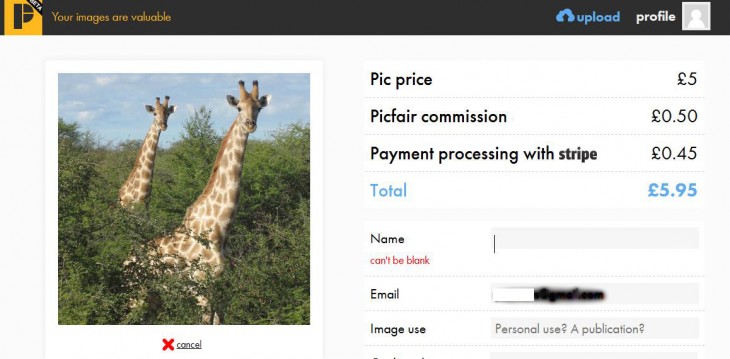
For each photo that appears on the site, you can see its resolution, date it was taken and model of camera. If you’re looking to buy a particular photograph, you hit the ‘Click to license’ button and follow the instructions.
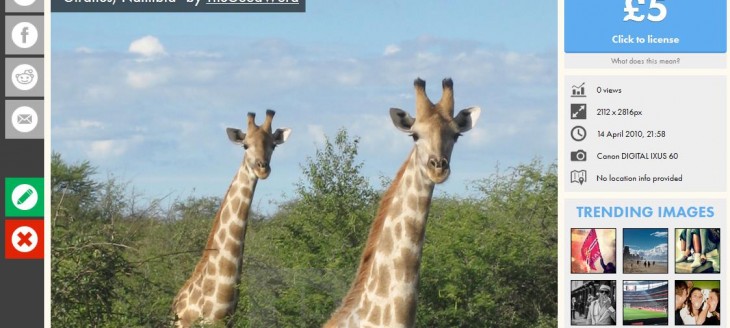
In terms of how the images can be used, well, the usual rules of photo-licensing engagement apply – so it can be used for print and all online platforms, as well as non-fiction televisual stills. They can only be used once though, with the exception of an instance where a story (for example) appears both in print and online form.
As things stand, the one main exception here is advertising – photos can’t be used to promote products, services or companies. Which does, of course, make sense – you’d no doubt be happy someone paying $20 to use your holiday snap in a brochure, but perhaps not so if McDonald’s was to use it in a global marketing campaign.
There is, of course, scope to introduce a secondary tier here that deals specifically with advertisers, to ensure photographers are fairly compensated should their work be used to promote burger empires.
The verdict
When you consider that Lanyado only started learning to code last year, and has pretty much built Picfair off his own sweat and money (just £4k/$6k), you can’t help be just a little bit impressed with the product. Given he’s a one-man band (though he has recently taken on an intern), the design from the start has been on ‘Web’ rather than native apps, so that any work he does covers as many bases as possible.
Through a responsive design, Picfair automatically optimizes itself for smartphones and you can upload directly from your mobile – from the likes of Dropbox, Google Drive and, of course, your camera roll.
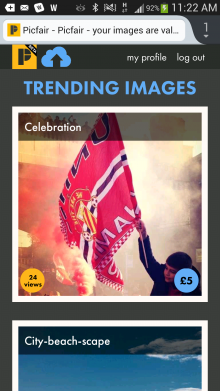
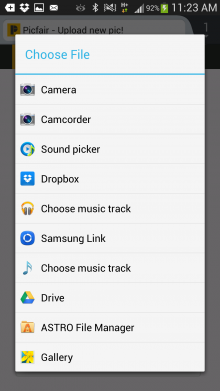
Being able to upload images from your desktop and mobile is key here – as we saw with Scoopshot’s crowdsourced stock photo site which officially launched to the photo-buying public last week, limiting to mobile-only really restricts the quality of images you’re going to get. Plus, all photos cost a flat-rate of $5, which may not encourage the best end-product.
It’s also interesting to note that Picfair is steering clear of subscriptions, similar to what you’d see on the likes of Thinkstock or Getty, and is focusing its efforts on simplifying the photo-buying process. You like a photo? You pay for that photo according to the price clearly-labeled by the photographers themselves.
Picfair’s basically an easy way for anyone to upload that multi-gigabyte photo library that’s been sitting on their hard-drive and try and get some money for it.
It’s still early days for Picfair, but we’ll be sure to see how the product evolves and iterates moving forward.
➤ Picfair
Feature Image Credit- RobM/Picfair.com
Get the TNW newsletter
Get the most important tech news in your inbox each week.




